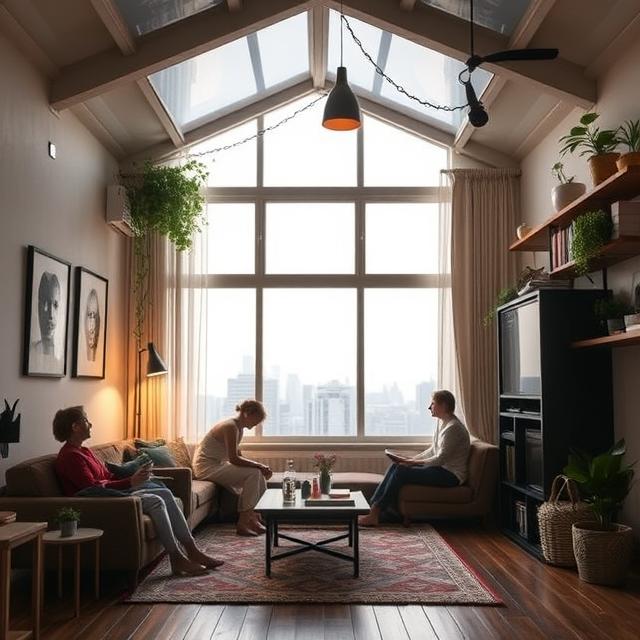As cities grow denser and housing costs soar, a new solution is gaining popularity: co-living spaces. Once associated with college dormitories or backpacker hostels, shared living environments are now being marketed as a lifestyle choice for young professionals, creatives, and digital nomads seeking connection and affordability.
What Is Co-Living?
Co-living typically offers private bedrooms combined with shared kitchens, lounges, and coworking areas. Unlike traditional apartment complexes, co-living spaces often emphasize community through social events, communal meals, and collaborative workspaces. The appeal lies not only in affordable rent but also in the promise of a built-in social network.
The Drivers Behind the Movement
Several factors have fueled the rise of co-living. Skyrocketing urban rents make solo apartments unaffordable for many. Meanwhile, remote work and location-independent careers have untethered younger workers from traditional office spaces, giving them the freedom to prioritize lifestyle and community over commuting convenience.
In addition, growing rates of loneliness among city dwellers have made social connection a valuable commodity. Co-living offers more than just a roof over one’s head — it offers a ready-made community at a time when isolation has reached record levels.
Designing for a New Way of Living
Modern co-living developments often feature open kitchens, lounges, yoga studios, shared gyms, rooftop gardens, and even coworking spaces. Interiors are designed to encourage interaction while balancing the need for personal privacy. Flexible lease options make it easier for residents to stay for just a few months or commit long-term.
Challenges and Criticisms
Despite its many advantages, co-living is not without drawbacks. Critics argue that some companies capitalize on the trend by offering minimal private space at inflated prices. Others point to potential friction between residents due to differing lifestyles, habits, or cultural expectations.
There is also the question of permanence. Many see co-living as a transitional solution for people in their twenties and thirties — not a model that easily adapts to families, older adults, or long-term stability.
The Future of Urban Housing?
As urban centers grapple with overcrowding, rising costs, and changing lifestyles, co-living may be more than just a trend — it could represent a broader shift in how we define “home.” Some cities are beginning to invest in affordable co-living developments as part of their housing strategies.
Whether co-living remains a niche option or becomes a mainstream part of urban planning remains to be seen. But for now, it offers a promising model for community-driven, flexible living in a rapidly changing world.

